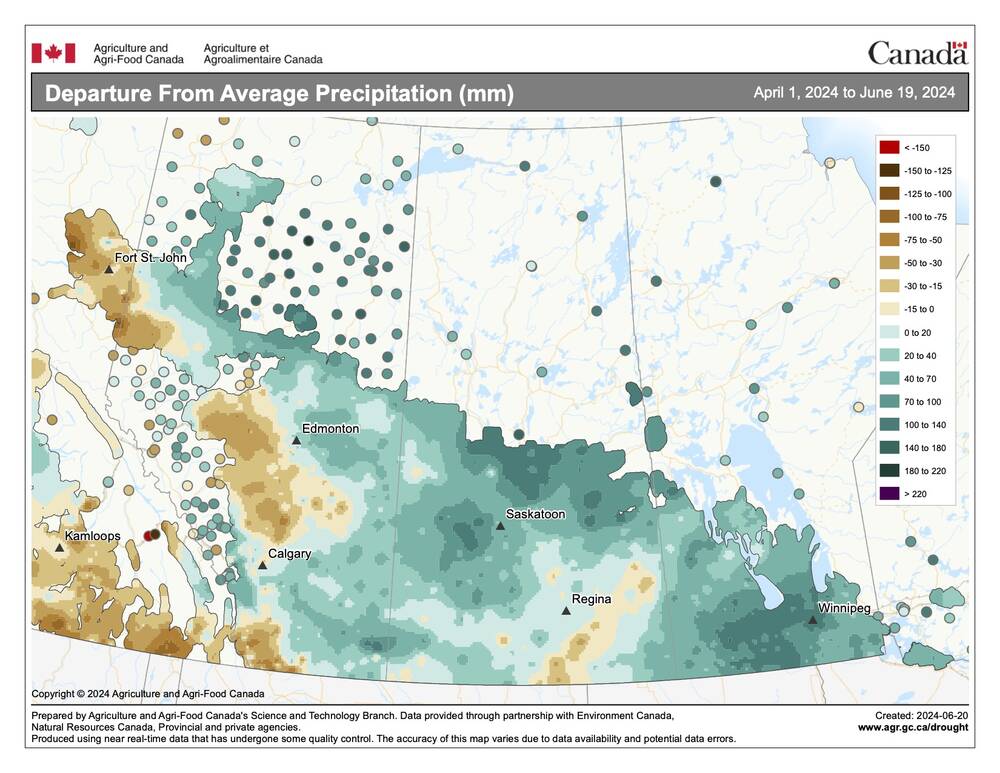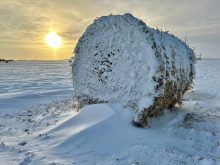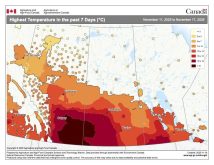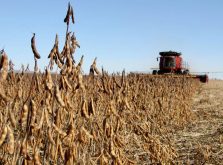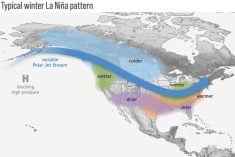The Prairies have seen unsettled weather in the last month, including several outbreaks of heavy rain, strong wind, hail and even tornadoes, so it is a perfect time to continue a discussion of thunderstorms.
Let’s look at what turns a garden-variety thunderstorm into a severe thunderstorm or even a thunderstorm that you truly remember.
Typically, there is a hot humid air mass at the surface, which rises, and the air a few thousand metres up is very cold. Add to this a strong jet stream overhead that will vent the accumulating air at the top of the storm, and we are ready for severe thunderstorms.
Read Also
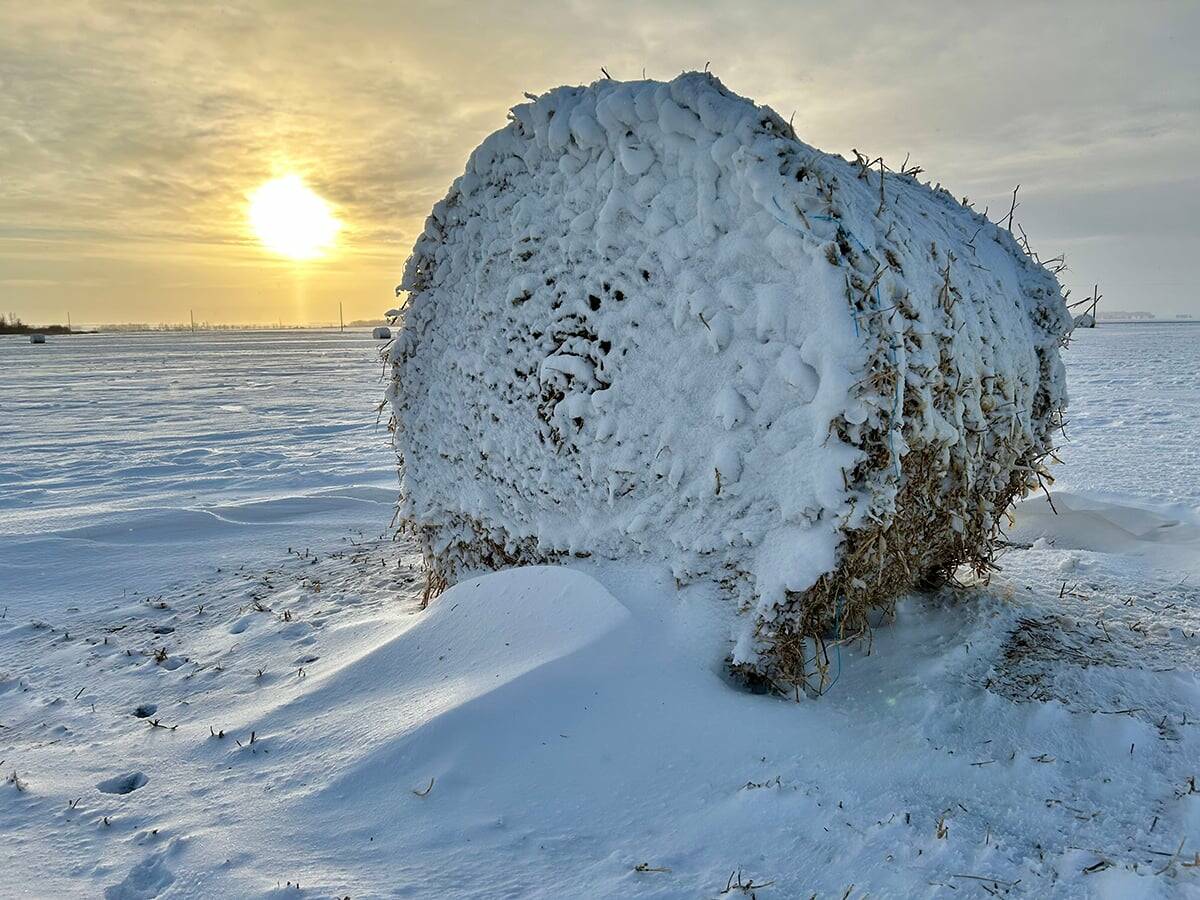
What is perfect Christmas weather?
What is ‘perfect’ Christmas weather on the Prairies? Here’s where you should head this holiday, according to historical weather data.
Over the last few weeks, the region has had plenty of cold air aloft, but not a lot of hot and humid air at the surface. There was just enough heat and humidity at the surface to generate rising air. Combine this with several occurrences of strong jet streams overhead and we saw severe thunderstorms develop.
What can Mother Nature add to the mix to make things worse?
The first and probably most important extra ingredient is to have the wind change direction with altitude. Remember that the atmosphere is three-dimensional. Air can flow horizontally, but this horizontal direction can change as it moves upward. Why would this have an impact on our storm?
This change of direction can cause the developing storm to rotate. Picture what would happen if you took a rising parcel of air and pushed on it from the south, when it is at the surface. Then, as it rises a couple thousand feet, the wind switches and blows from the east. Then a few thousand feet further up, it blows from the northwest.
The rising parcel of air wouldstart to rotate.
If air rotates counterclockwise, it will start to create an area of low pressure. Air spirals inward in a counterclockwise rotation. This means it will bunch up near the centre of this rotation and can move up or down.
However, there’s a bias toward upward movement. The ground acts as a barrier, plus the air is unstable, which means it already wants to move upward and can do so very quickly.
The air gets moving, and the rotation forms a small-scale area of low pressure that lets it rise even more than it otherwise would. When this occurs, it’s known scientifically as a mesocyclone, but is more commonly called a super cell thunderstorm.
The second thing a rotating thunderstorm can do is cleanly separate areas of updrafts and downdrafts. This is important, since the downdrafts, even with a severe thunderstorm, will eventually cut the updrafts off from their source of warm moist air. Once this happens, the storm quickly weakens.
In a rotating thunderstorm, the source of warm moist air is maintained, giving these storms a long life and a lot of moisture to produce heavy rains.
A rotating column of air can provide conditions for tornadoes formation. While we do not fully understand this process, we know rotating thunderstorms can often produce tornadoes.
One theory is that rotating columns of air get squeezed into a narrower shape. As this happens, wind speeds increase, eventually producing the tornado.
It’s the theory of conservation of angular momentum. Take a large thing that is spinning slowly, like a big wide column of air, and shrink it down. The object’s rotational speed must increase. The classic example is a spinning figure skater pulling in their arms to increase their rate of rotation.
Like most things in nature, thunderstorms rarely behave like the textbook indicates. Even when all ingredients are there, no storms may form, or sometimes a key ingredient is missing, yet we get a really severe storm. This is what makes weather so interesting.
Not every thunderstorm becomes severe. In fact, much of our summer rainfall comes from garden-variety thunderstorms. These can be air mass thunderstorm, which develop in the middle of a typical warm summer air mass, but a number of key ingredients for severe storms are missing.
In the middle of an air mass, temperature will typically not decrease rapidly with height. The wind will usually remain constant with height, and there will probably not be a jet stream overhead. Nonetheless, we can still have enough heat and humidity for air to rise and thunderstorms will form.
Since these storms don’t rotate or have any way to vent rising air from the top, they rarely last long. Accumulating air at the top will eventually fall as a downdraft, wiping out the updraft and ‘killing’ the storm. The whole process from start to finish can be anywhere from 30 minutes to a couple hours.
While these storms are short lived, they can give brief periods of heavy rain and the odd good gust of wind, especially when the downdraft first hits the ground.
The same thing can occur with frontal storms, where all but one or two main ingredients could be in place. Thunderstorms will form, but they cannot pull everything together to evolve from a garden-variety storm to a severe storm.
These storms often provide us with just the right amount of precipitation when we need it during the summer.


